How to wean a cat from tearing wallpaper?
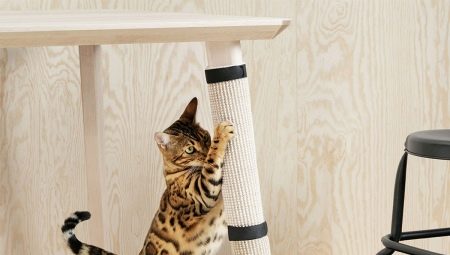
A "side effect" of the presence of a cat in the house is often damaged wallpaper, which a cheerful tailed friend selflessly tugs at with his claws. In order not to get upset and not spend money on endless repairs, you should take action. Then you don't have to choose - either a cat or a decent-looking house.
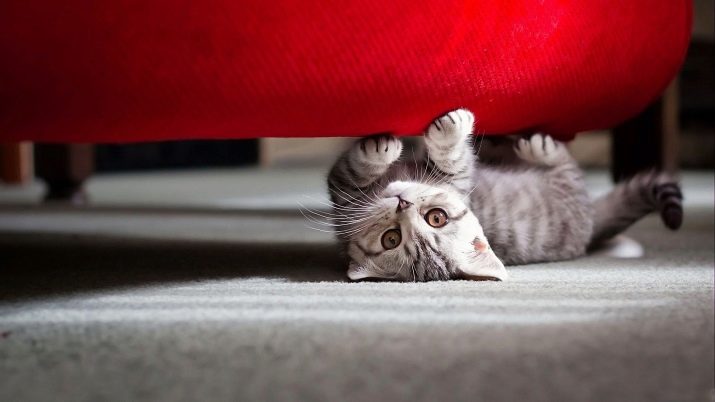
Causes of wall damage
The cat has its own reasons for cracking down on the decoration of the walls, completely unrelated to the desire to take revenge on the owner, it is not clear for what.
- With the help of this "wrecking" procedure, the pet sharpens its claws, removing their keratinized layers on the paper. Thanks to this, new sharp "sabers" appear on the fingers.
- Stripping wallpaper is exercise for a cat. Thanks to such activities, he warms up.
- On the wallpaper, the "home tiger" hones the skill of releasing and retracting claws, inherent in its character by nature.
- Damaging the room, it marks the area with secretions from the sweat glands on its paws. This is manifested, including when there are several cats in the house, and each seeks to declare its right to be the owner in the common area. Cats do the same when the wallpaper is new - they need the walls to have a familiar smell.
- By raiding them, the animal relieves nervous tension in case of stress. The reason may be the appearance of a new pet or person in the house.
- Sometimes wall designs fall prey to feline boredom and the habit of peeling paper off the walls from a young age.
To prevent your pet from tearing the wallpaper, the easiest way is to avoid getting used to it when he is still a kitten. It is much more difficult to wean an adult cat from this habit.
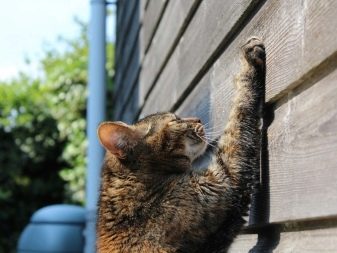
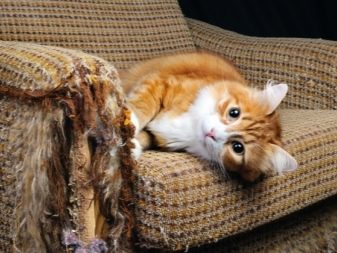
There are several ways to make a suggestion to your beloved Barsik or Murka.
- If the pet is caught scratching the wallpaper, you should besiege him with a loud short word - "Stop!", "You can't!" etc.
- You can use another harsh sound, such as rattles or cans of stones (coins). You will have to keep the right things ready for a while.
- If a cat tears wallpaper in the same area, the owners attach a balloon at the "sore spot" so that the pet "in the course of vandalism" pierces it with its claws. Frightened by the characteristic cotton, many cats no longer try to rip off their favorite places.
- The war for order in the house is waged using a water pistol or a spray bottle. If the fluffy bandit has stretched out its claws to the wallpaper, all that remains is to pull the trigger and spray on the pet. Cats, who by nature are not fond of cold showers, are then afraid to be naughty.
- You can ward off the purr from the wallpaper with the scent of oranges or tangerines. If you sprinkle onion or vinegar on the decorative paper layer, the effect will be the same, but it is already unpleasant for people. You can use turmeric, paprika, cloves, or cinnamon to avoid discomfort. This smell is much nicer, but the cat repels it just as well.
- Experienced cat owners call a mixture of lemon (tangerine) and eucalyptus oils an effective remedy. They are added to a spray bottle and sprayed onto the walls. You can also use a citrus-scented deodorant. To rid the pet of a bad habit, the owners even use advanced technical means. At special retail outlets, you can purchase a device that includes a motion sensor and a can of gas. When the four-legged Skoda approaches the wall, the sensor is triggered and the cat is doused with a fragrant repeller. Even if the owner is not at home, the "anti-thoracic therapy" still continues.
- You can put a board against the wall, covered with the same wallpaper as on the decorated surface, the neatness of which is so important for home owners. This method was proposed by the famous cat trainer Yuri Kuklachev. The "snag" should stand exactly where the tailed bandit "brawls". After a few days, you can remove the board to another place where it is not visible to people entering the house. And the cat, in theory, should turn its attention to this subject.
- Some owners stick double-sided tape on the walls. The trick is that the cat's paws are soiled with a sticky compound on the scotch tape, which is strongly disliked by a clean creature. Although this approach has a downside. Wallpaper can be torn off and the scotch tape itself, or the cat will find a new place for "shit".
- It should be borne in mind that the behavior of the animal largely depends on how much attention the owners pay to it. So that the pet is not bored and attracted to entertainment such as ripping wallpaper, you need to play more with it. A tired cat after active fun will restore the expended energy, falling into a deep sleep, instead of attacking the walls. You also need to remember to praise your pet at any opportunity, talk to him, and occasionally stroke.
- It is really important for pussies to sometimes sit on the owner's lap and get their portion of pleasant tactile sensations. The animal falls into a peaceful state, ceases to be chronically nervous, and the problem with wallpaper sometimes disappears by itself. And if a new animal has appeared in the house, especially if it is another cat, it is necessary to correctly reduce the "mustachioed - tailed" ones so that the "owner" does not feel jealous of the "newcomer" and does not try to let him understand with all his might: everything is mine here!

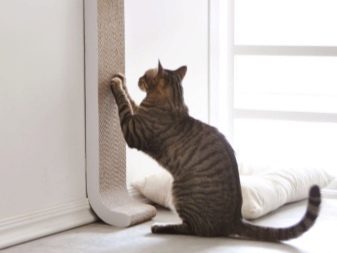
What if all else fails?
If all efforts to re-educate the cat do not lead to the desired result, it makes sense at least to minimize the damage that his claws can cause. You can, for example, select materials for wall decoration, taking into account their resistance to mechanical stress.
- The liquid wallpaper. It is a special mixture of cellulose that is applied to the surface like paint.Tearing such decor is inconvenient.
- Fiberglass wallpaper. Created on the basis of glass fibers, durable and resistant to claws. The good thing is that they can be painted and washed many times. If anything, returning them to their original beautiful appearance will not be as difficult as if the walls were covered with paper wallpaper.
- Wallpaper for painting. It is better to choose smooth ones, so that it is more difficult for the cat to hook them with a claw.
- Vinyl wallpapers... The likelihood that they will be able to withstand feline attacks for a long time is high. The solution can be even more elegant. Tiles are laid around the perimeter of the entire apartment or the lower part of the walls is trimmed with decorative stone.
The height of the "panels" should not be lower than the level to which the pet who has risen on its hind legs is able to reach. Thanks to the implementation of such an idea, you can reliably protect the walls from claws, while obtaining an interesting design at the same time.


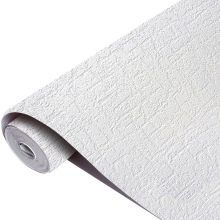
Another not very pleasant way is to trim the claws of the pet. This can be done only with a special tool designed for a cat's "manicure". If there is no pruning skill, it is advisable to entrust this matter to a veterinarian who knows exactly how to avoid damage to the blood vessel in the claw area. Although it is impossible to guarantee that this procedure will be crowned with success. Some cats are so opposed to claw trimming that it is almost impossible to do it. But if the pet has passed the test, it should be encouraged with something tasty.
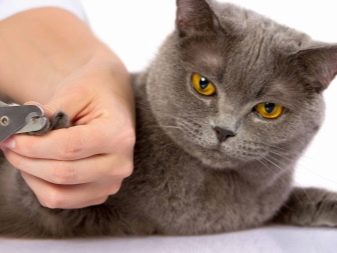
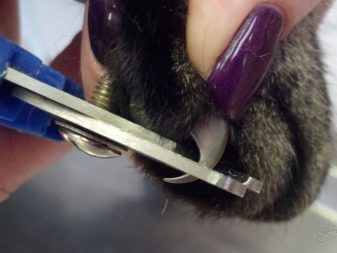
If the cat tears the wallpaper in only one place, some owners cover the ill-fated square meter with carpet in the color of the wall. Thanks to this, the animal retains the opportunity to sharpen its "edged weapon" and have fun without prejudice to the environment.

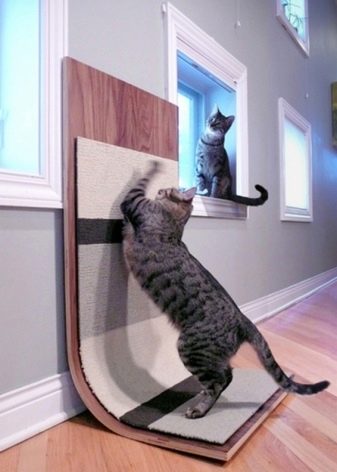
You can buy a scratching post or make it yourself. In theory, such a device should be in the house when the kitten is still small. It is easier to train him to sharpen his "sabers" on such a subject. If the cat is an adult, it is not always possible to quickly show him all the advantages of a scratching post.


These items are different in appearance. A shop scratching post can be the simplest - like a flat box. But even if you wrap an ordinary log with a rope, this is already a useful thing for a cat. You can make such a device in the form of a column, on which it will be convenient for a tailed pet to hang, holding on to it with sharp claws.
In some houses, where there is a lot of free space, whole play complexes for pets are formed. They include rugs, houses, couches, turrets, allowing you to jump from one "top" to another or get from place to place along special passages. Here, the animals warm up, getting the opportunity to feel fully predators, relieve nervous tension, and, what is important, are far from the walls with wallpaper.
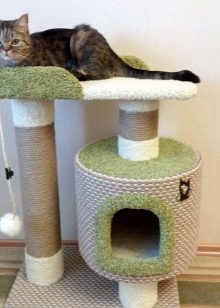
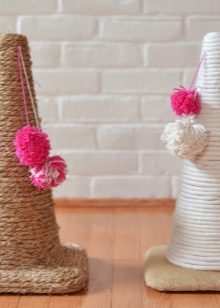
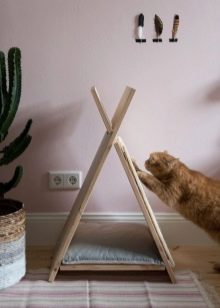
It is necessary to put the simplest "wallpaper lightning rod" in the place where the attacks on the walls take place. When there are several such places, then more than one scratching post will be required. If the cat always sleeps in a certain corner, the device should be placed nearby so that after waking up he immediately “warms up” on it. Then he will not be tempted to look for another item to exercise. To start with drawing attention to the scratching post, you can make it smell like catnip.
In no case should you use valerian. The "drunken cat" will certainly not understand what the machine offered to her is intended for. It will all end with a "concert" with meowing and rolling on an object soaked in an intoxicating smell.
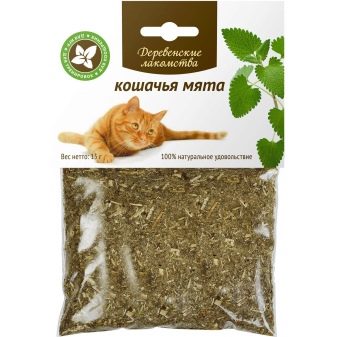

A cat that does not understand the principle of the scratching post should be brought up to it and clearly show how to use it - take the pet's paws with your hands, put it on the object and slide over it several times so that the cat will release its claws. When an animal uses a thing correctly, it should be praised and given something tasty.
Frequent mistakes
When fighting for order in the house, it should be borne in mind that the cat is not the animal that can be threatened or prohibited. When weaning off the habit of tearing up the wallpaper, a number of mistakes should be avoided.
- You cannot physically punish an animal. If you "slap the cat on the butt", you can soon find a puddle in your own slippers or even in bed. Or the pet will take revenge in another no less visual way.
- You cannot throw away the old one immediately after buying a new scratching post. The cat should smell the familiar scent until it fills a new item with it.
- When a suggestion is made to a violent “oiled up”, the emphasis should be on intonation, and not on the volume of the voice. It is useless to shame the pet when he has already stopped nasty and moved away from the wall. The "domestic tiger" will not understand why he is being reprimanded.
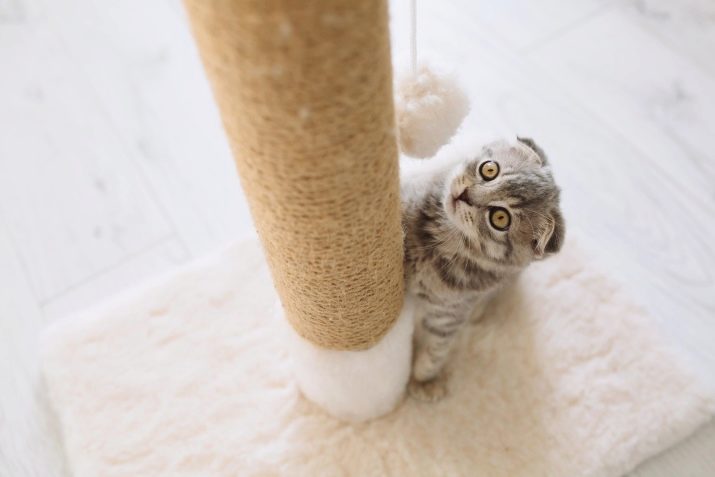
The easiest way to teach a little kitten to respect the environment at home is if you pay enough attention to his upbringing, showing the limits of what is permissible from the very beginning. It is the baby that is easiest to teach to special warm-up items or to "manicure". But even if the cat got into the house as an adult, with a set of not the best habits, there are still chances to keep order and teach the pet to live by the rules.
It takes ingenuity and patience. A true cat lover has neither one nor the other.
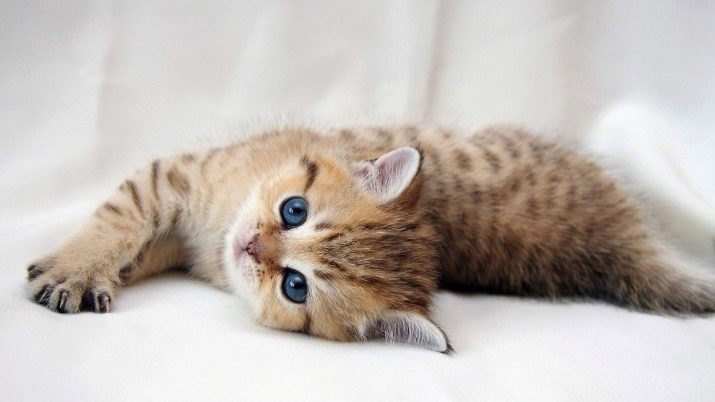
For information on how to wean a cat from tearing wallpaper, see the next video.
































